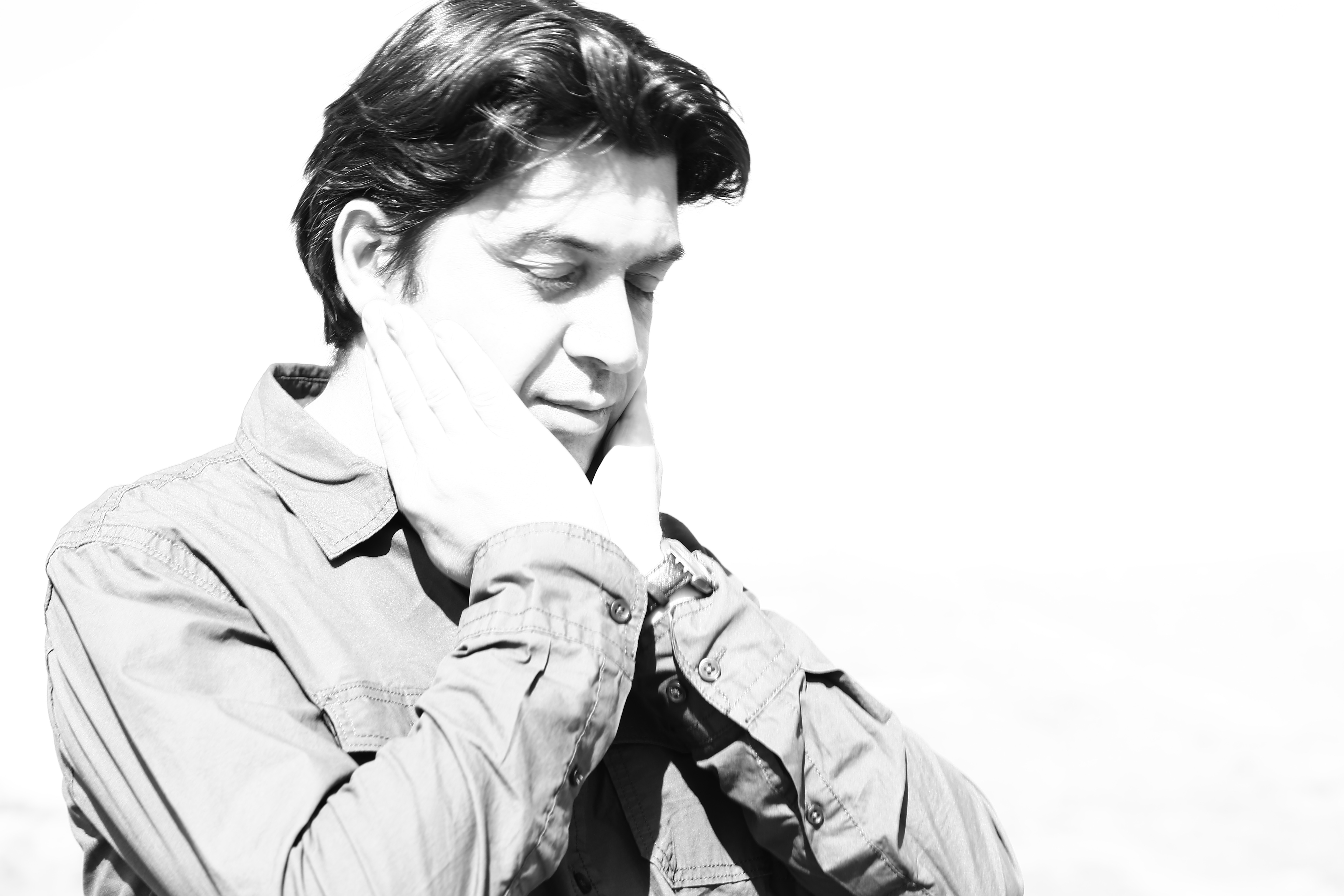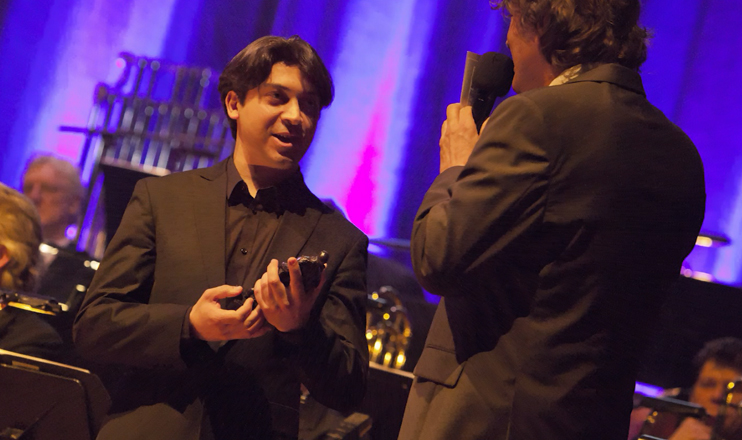I don't think what Komitas really wanted was to preserve and archive them. This music has journeyed from Armenia through Western classical traditions and back again, gaining certain characteristics along the way, and performing them afresh while remaining loyal to their ancient roots requires innovative approaches to even the folk instruments involved. Komitas is always in the heart of Armenian musicians and Armenians in general. How much of this similarity is coincidental? The necessity of making artistic choices in bridging the various tuning systems makes one wonder if one is listening to a game of musical telephone in hearing the transcriptions back to traditional instruments. My hope is that these pieces will garner interest and become part of the standard repertoire of many pianists. 
| Uploader: | Nizil |
| Date Added: | 9 February 2018 |
| File Size: | 11.37 Mb |
| Operating Systems: | Windows NT/2000/XP/2003/2003/7/8/10 MacOS 10/X |
| Downloads: | 10069 |
| Price: | Free* [*Free Regsitration Required] |
So, while Komitas's pieces are magnificent piano compositions, they necessarily compromise various aspects of the original source music. To be able to perform these pieces, a certain knowledge in the roots, traditions and source instruments is needed. He is the founder of the Akna Cultural Society, founded to organize studies and promote rarely performed repertoire ranging from ancient, early baroque to contemporary music. This continued until the 12th century, when sun-worshipping hymns, for example, were incorporated into the Church in by the Armenian Catholicos Nerses IV the Gracious.
Levon Eskenian – The Gurdjieff Ensemble
Some great pianists like Grigory Eskeian and Alexei Lubimov are already doing just that, which is one of the reasons why I arranged these pieces for traditional instruments. The process of doing so, however, ended up being as much like archeology as musicology.
I couldn't imagine at the time what this meant for him, but certainly hearing the Komitas Liturgy made a deep impression on me. You might call it a genetic memory: My hope is that these pieces will garner interest and become part of the standard repertoire of many pianists.
As he travelled through his native Armenia, as well as many other parts of the middle east and central Asia, he collected folk instruments and committed songs and dance tunes to his memory. It's worth noting that two thirds of the works of Komitas are themselves considered lost, but at least the world has been given the opportunity to study Armenian music through what remains of his oeuvre.
Armenia, being the first state to adopt Christianity instarted to spread the religion to different parts of the world, music being its constant companion. In esjenian times, Armenian music was certainly known in places far beyond it, but for the few centuries under Ottoman rule, it was hidden from Western ears. His work resulted in a new language that revealed elements previously unknown in classical music, especially in its approach to the piano.
I heard the songs of Komitas in my early childhood from my mother, and when my grandfather took me to church he used eskeinan tell me that we were relatives of Komitas.
These are not, after all, source recordings of folkloric material, but interpretations of the works of a specific composer s. We are now hearing those pieces with the sounds that first inspired him esksnian something thought to be lost or forgotten is being reconstructed.
He was also a collector of folk music.

No reproduction of any part of this page or its associated files is permitted without express written permission. He has also studied composition, organ and improvisation classes at the Conservatory and harpsichord in Austria and Italy with the English organist and harpsichordist Christopher Stembridge. Contribute in any amount leovn get our weekly e-newsletter.

The pianist can do it with his left hand. The message of Komitas's music feels just as relevant today as when he first notated it for posterity. However, no matter how the music has changed through the journey, what is committed to the recording is absolutely worth listening to. Gurdjieff took the music of the famous mystic and ethnomusicologist back to the instruments of Gurdjieff's sources. The phrasing demonstrated on The Music of Georges I.
Komitas is always in the heart of Armenian musicians and Armenians in general. Music of Georges I. The way we have chosen to play and record his music for ECM is sekenian.
Levon Eskenian
Yet despite being esksnian celibate monk and arranger of the Armenian Liturgy, Komitas sometimes ran into conflicts with clergy. They just happen to be on instruments that the source music would have been played on. Chant from a holy book, G. Either way, all of these activities had spiritual value for him because they were bound together by their spiritual veracity for the Armenian people. Many pre-Christian rituals and their music were adopted by the Christian Church.
The liner notes, printed in typical ECM black and white, give brief background information about Gurdjieff as well as about the project eskenia the chosen selections.

Комментариев нет:
Отправить комментарий